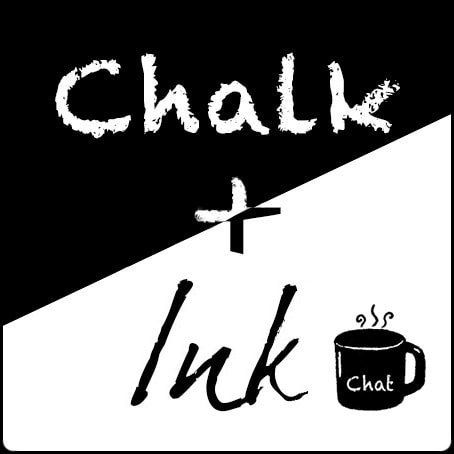|
This month I’m doing something a little different for my 20 in 2020 post. Instead of featuring twenty different books, I’m sharing a list of forty-four nonfiction titles collated by the incredibly organized, creative, kind and intelligent elementary librarian and author, Lisa Rogers, and me. We created this list for part of our presentation at the Massachusetts School Library Association’s Annual Conference which was supposed to occur on March 29th and 30th. We had planned to have all of the titles on the list available for the attendees to browse through and sort in three different ways. If you click this link, you can print out the three different recording sheets attendees were going to use to sort the books. But you don’t have to be at a conference to do this activity, you can do it in your classroom, whether that’s at school or at home. The first way attendees could choose to sort the titles would have been through text structure. The five nonfiction text structures are: 1) Cause and Effect; 2) Chronological/Sequential 3) Compare and Contrast; 4) Main Idea and Detail/Description; and 5) Problem and Solution. If you are unfamiliar with these text structures, watch the super-fun video below. Then, grab some of the informational texts you have at home, or check out some of the titles we suggest on our list, and sort them by text structure. Sometimes authors use more than one text structure in a book like Jason Chin does in Grand Canyon. The second way attendees could choose to sort the titles would have been using Melissa Stewart’s 5 Types of Nonfiction. She wrote an article about the 5 Types of Nonfiction in School Library Journal’s May 2018 edition. On her website, she also provides a detailed lesson plan describing how to teach students about the five types of nonfiction: 1) Traditional Nonfiction; 2) Browseable Nonfiction; 3) Narrative Nonfiction; 4) Expository Literature; and 5) Active Nonfiction. Please click on one of the links in the paragraph to dive deep into an explanation of each of these types of nonfiction. Then, grab some of the informational texts you have at home, or check out some of the titles we suggest on our list, and sort them by the five types of nonfiction. Finally, we were going to encourage attendees to look for Robert Probst and Kylene Beer’s nonfiction signposts in the texts. The nonfiction signposts are: 1) Contrasts or Contradictions; 2) Extreme or Absolute Language; 3) Numbers and Stats; 4) Quoted Words; and 5) Word Gaps. For me, signposts are an extremely powerful teaching tool because you can usually find one, some or all of the signposts in each book no matter its structure or its type. If you’re unfamiliar with the nonfiction signposts, check out the short videos below. Then, use the nonfiction signpost recording page and note the signposts! Have fun!
0 Comments
Leave a Reply. |
Chalk + Ink ChatsWant to hang out with teachers who write and writers who teach? Fill this form to join our Archives
October 2023
Categories |
